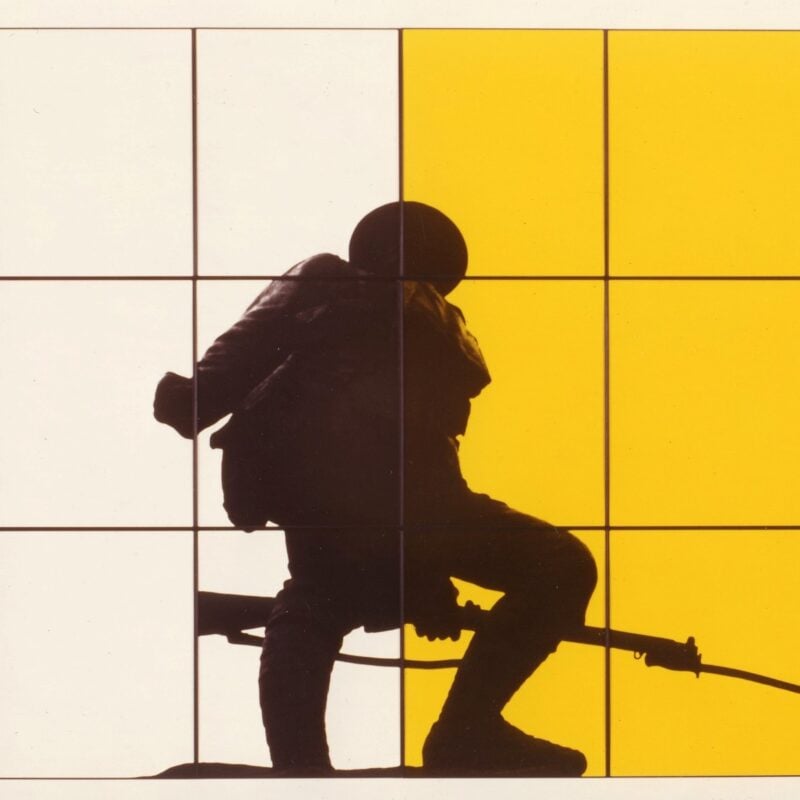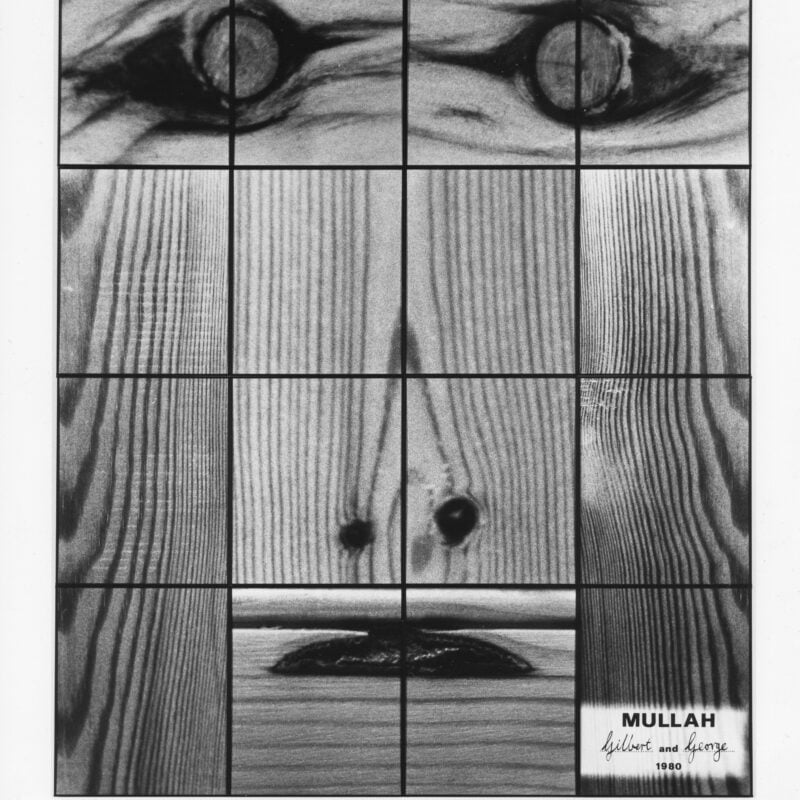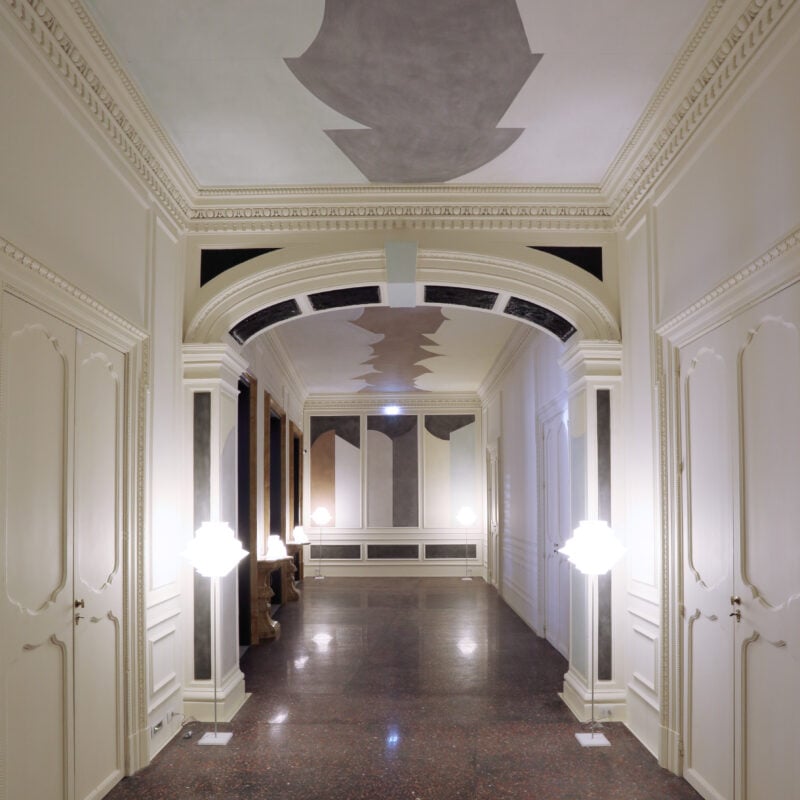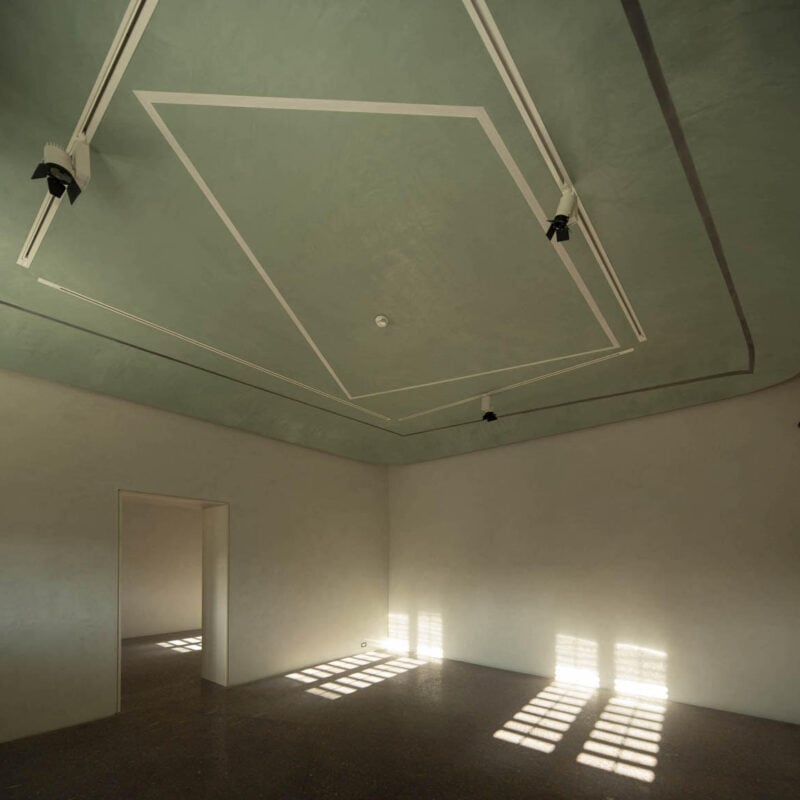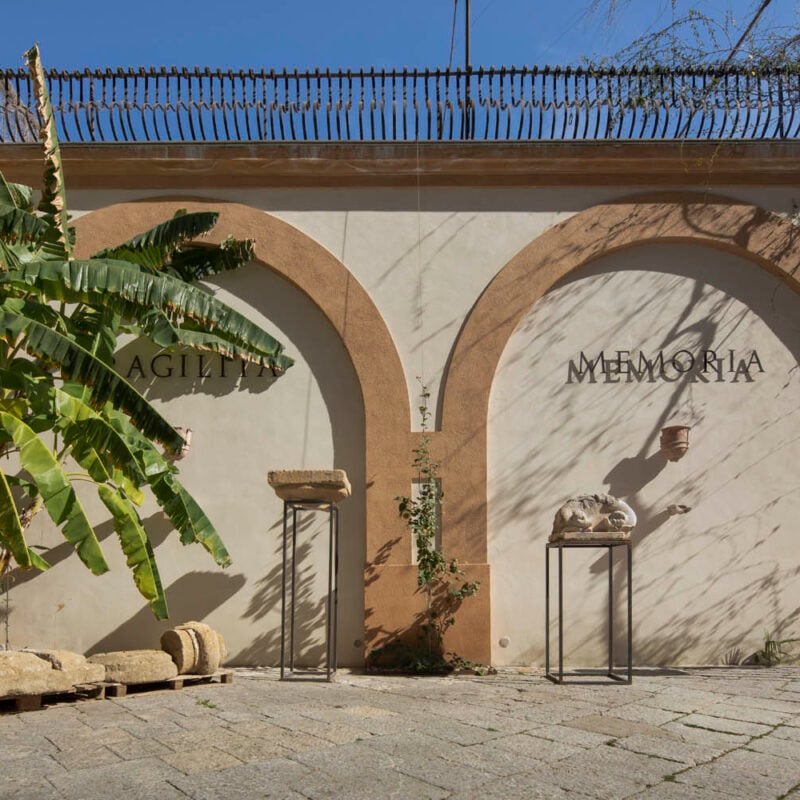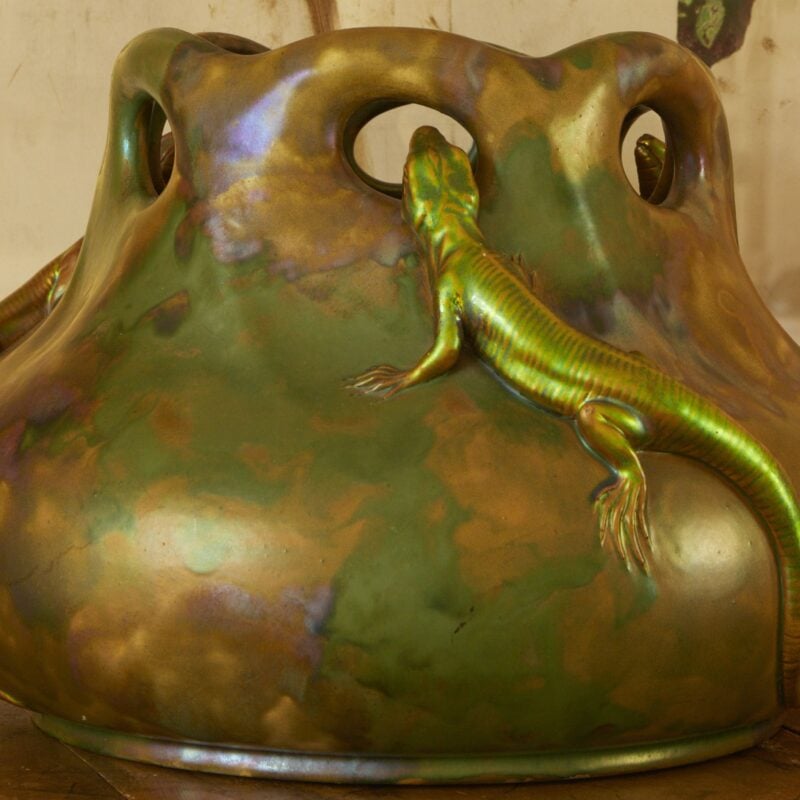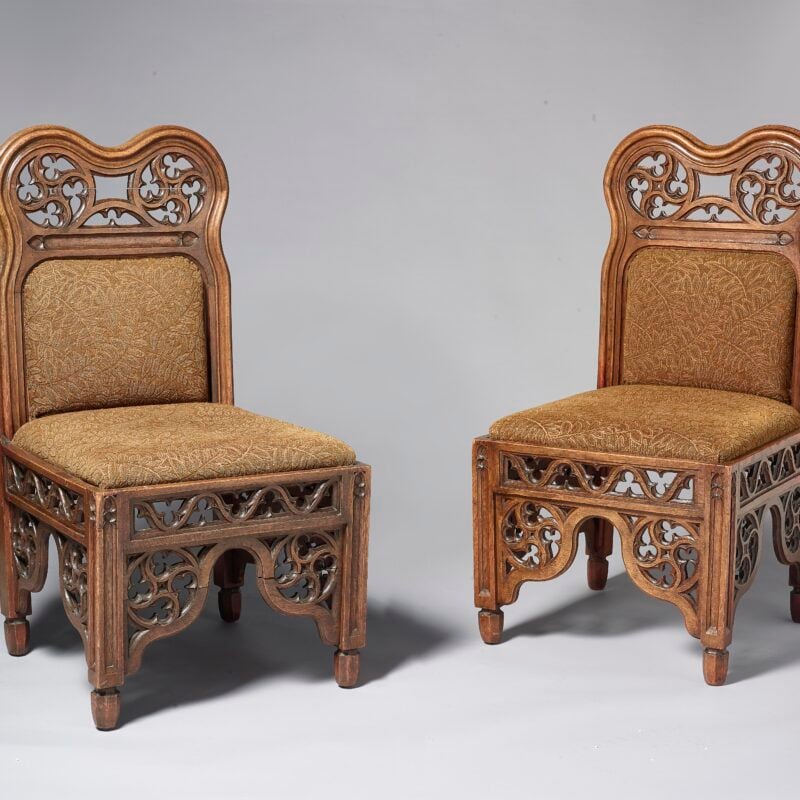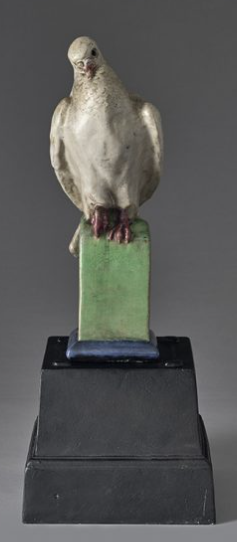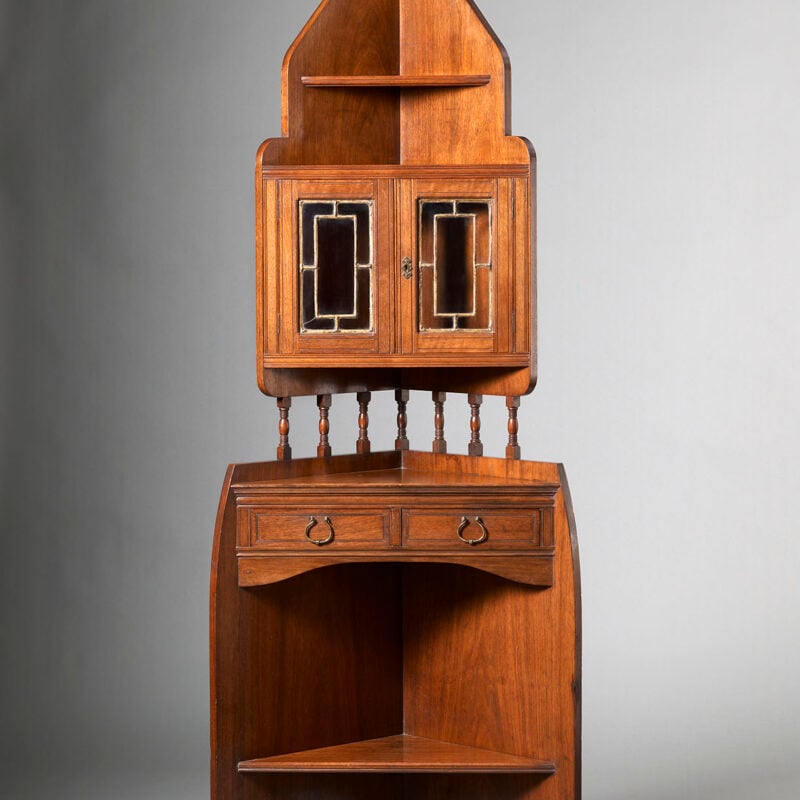IN DETAIL
Dimensions
21,3 × 12,1 cm
Technique
Oil on board
Description
The sketch has recently been studied by Pola Durajska in her doctoral thesis,(Nature, Science, and Myth in the Landscape Art of Frederic Leighton, University of York, v. I, pp. 104–105), the first work on Leighton as a landscape artist. The painter was well established in 1895, but he travelled to Morocco because fame was beginning to weigh on him, as his correspondence reveals: “I came here largely to escape visiting – a card was left within two hours of my arrival!! Ugh!!”. The pleasure of solitude, both in the north of Scotland and in remote Donegal, emerges repeatedly when one reads his correspondence, so much so that landscape painting became an almost therapeutic experience for him. Alone, Leighton could decide what to paint without having to consult anyone and devote himself to his art for as long as he wished. When the artist returned to Europe, he was in poor health and wrote to his friend George Frederic Watts from Morlaix, in Brittany, explaining what it meant for him to combine travelling with sketching the landscape: “I shall stay in this very quiet place, where I am extremely comfortably lodged – for another week – it will, I am sure, do me good – though I have not, unfortunately, what I had in Africa, quiet, unconventional, but most enjoyable sketching (landscape bits) from nature – it is the most irresponsible, restful thing I can do and fills time delightfully – (I have made a few tidy little sketches, I think).”
This disenchanted way of looking at painting is reflected in the oil sketch at Palazzo Butera. The touch of blue glimpsed through the gateway lightens the simple square architectural forms into an almost abstract symphony of shapes. A white boat is visible in the tiny strip of sea in the distance, the highly saturated colour further emphasises the chromatic theme, where white amplifies green in wall and vegetation. These combination can be compared, in room 8 on the second floor, with Leighton’s two other oil sketches made in Capri in 1859.

